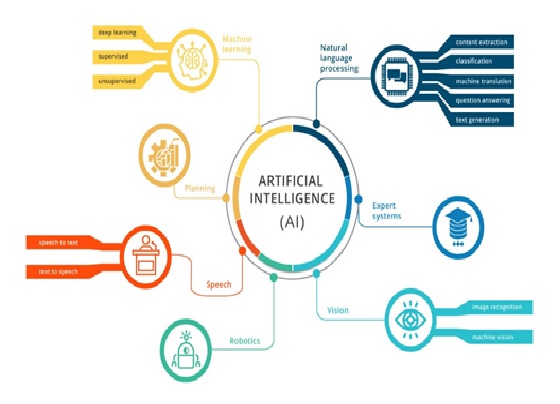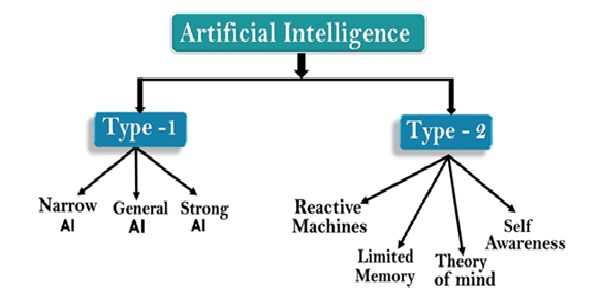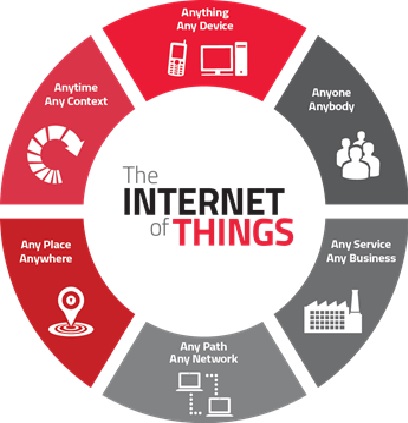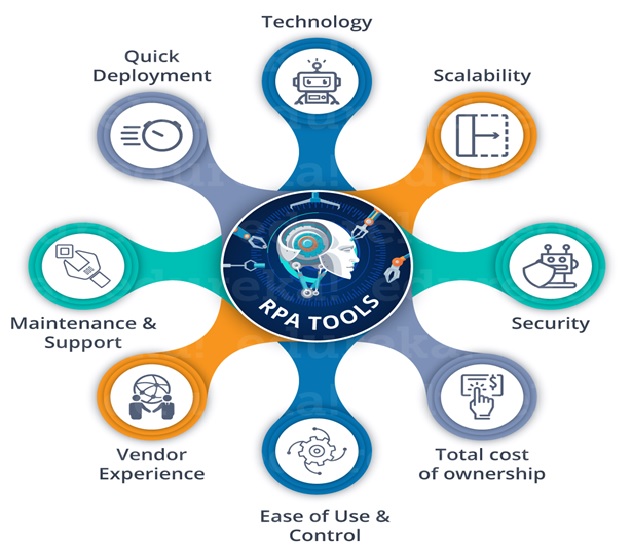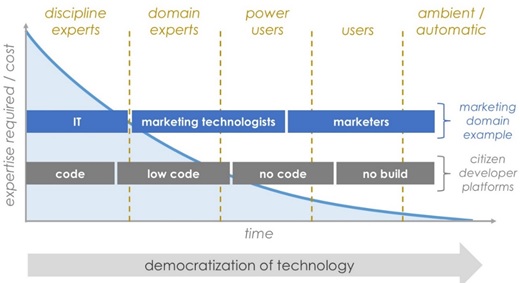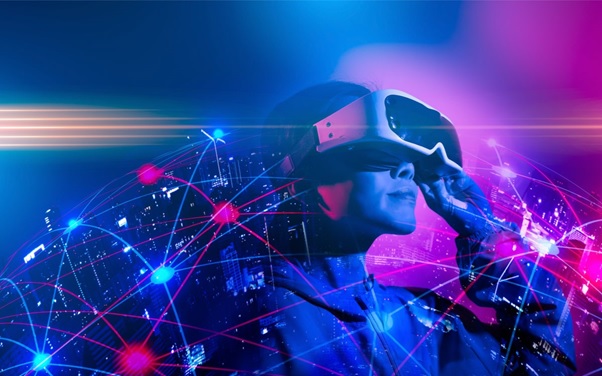An Overview of Extended Reality: Augmented Reality (AR), Virtual Reality (VR) and Mixed Reality (MR)
Extended reality is the umbrella term for all real-and-virtual combined environments and human-machine interactions generated by computer technology. Over the last 20 years, augmented, virtual, and mixed reality technologies have seen mass adoption for consumer use due to new innovations in the semiconductor and photonics industries. [1] While these extended reality (XR) technologies are heavily implemented in a creative economy, it’s predicted that ER technology will spread into more diverse industries with extensive near-term growth potential. The figure 1 shows the different technologies of Extended reality.
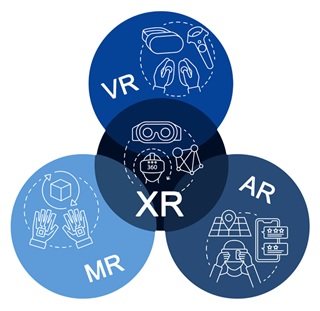
Figure 1: Extended Reality: Augmented Reality (AR), Virtual Reality (VR) and Mixed Reality (MR)
Differences in Extended Reality Technologies
Augmented Reality (AR)
AR blends interactive digital elements like visual overlays and haptic feedback over real-world environments. Since the mass adoption of smartphones, [2] AR technology has become the most accessibly piece of extended reality. AR apps use a phone camera to capture the real world and virtual objects are then overlaid, allowing users to see them on their smartphone screen.
Beyond smartphone apps, consumers can experience AR using smart glasses or headsets. Unlike VR headsets, AR glasses and headsets don’t immerse users into a fully virtual environment, but instead add digital objects to the real world. Similar to a smart glass experience, digital data is projected right in front of the user’s eyes. The use of headsets is showing signs of declining as newer technologies are introduced.
Extended reality has a wide range of applications in the modern world. [2] Some of its applications include entertainment, healthcare, education, real estate, and marketing. The figure 1 shows the Extended reality.
Virtual Reality (VR)
VR headsets offer an immersive virtual reality experience for 3D simulation with computerized technology. [3] They create a completely artificial environment currently used primarily for media and entertainment, gaming, healthcare, retail, and other such applications.
There are two main types of VR headsets:
- PC-connected headsets: As their name suggests, these VR headsets are connected to a computer or a gaming console that generates high-quality virtual experiences. Given their powerful processing power, today’s computers and consoles can easily generate realistic and persuasive digital worlds.
- Standalone headsets: While PC-connected VR headsets are quite expensive, a less expensive alternative to experiencing virtual reality can be achieved by using standalone headsets that don’t need to be connected to a computer or console.
Most standalone VR headsets use a smartphone screen to provide the virtual reality experience. Not only are these devices more affordable, they are easy to use — users simply insert their smartphone into the headset to enjoy VR.
Mixed Reality (MR)
MR allows users to see and interact with a completely virtual environment overlaid onto the real world around them. [4] This kind of mixed reality is closer to VR than AR; in fact, some VR headsets have sensors to track the physical environment as well.
Different types of MR devices are:
- Holographic devices - These headsets have translucent glasses that allow you to perfectly see your real-world surroundings. Virtual experiences are created with the help of holograms.
- Immersive devices - These headsets feature non-translucent displays designed to completely block out the real world (just like VR headsets) and use cameras for tracking the real-world surroundings. Referred to as “Windows Mixed Reality Headsets,” Acer and HP both offer devices that compete in this space.
If it’s difficult to imagine how MR is used beyond gaming, consider this example: MR creates immersive communication experiences that help people collaborate more efficiently. Simply by wearing the headset, employees can collaborate without being blocked off from the real world. Companies like MeetinVR provide a customizable, digital space that simulates a face-to-face meeting.
References:
- https://www.launchteaminc.com/blog/extended-reality-an-overview-of-augmented-virtual-mixed-reality
- https://www.viget.com/articles/xr-vr-ar-mr-whats-the-difference/
- https://varjo.com/virtual-augmented-and-mixed-reality-explained/
- https://www.intel.in/content/www/in/en/tech-tips-and-tricks/virtual-reality-vs-augmented-reality.html
Cite this article:
Vinotha D (2021), An Overview of Extended Reality: Augmented Reality (AR), Virtual Reality (VR) and Mixed Reality (MR), AnaTechMaz, pp. 13




